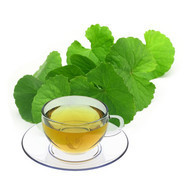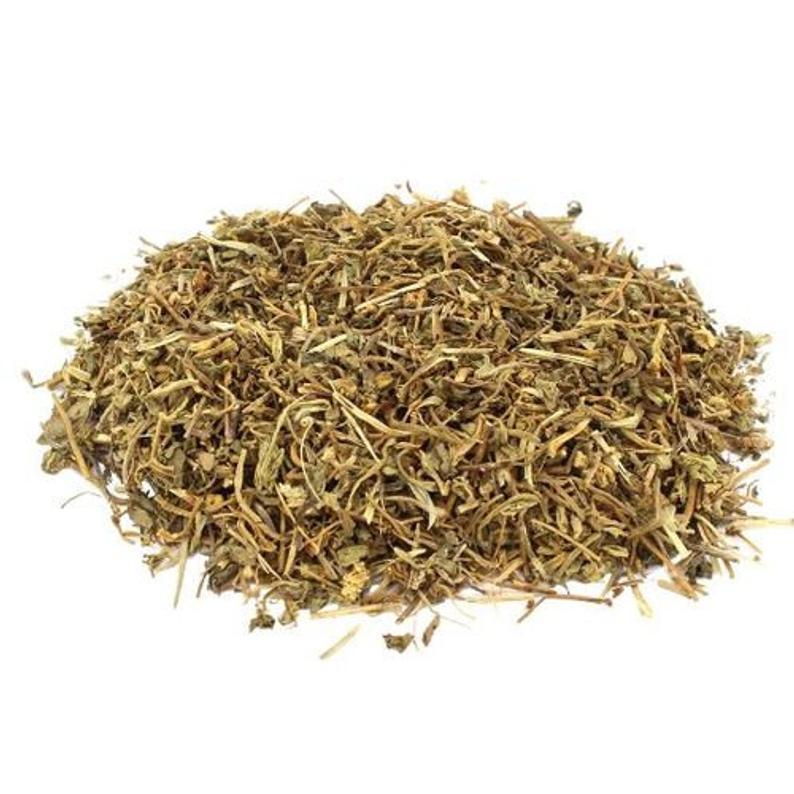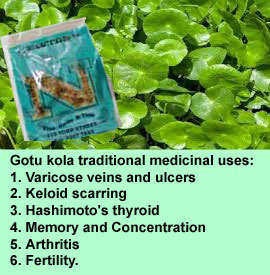Newtons Pharmacy Herbs & Extracts Medicinal Teas Gotu Kola Cert. Organic
Gotu Kola Cert. Organic
In stock
From
$16.00
/ pack(s)
Inc GST
Delivery Estimator
 Please select a version. Delivery Estimator is only available for products which can be added to the shopping basket.
Please select a version. Delivery Estimator is only available for products which can be added to the shopping basket.
Selection: Gotu Kola Cert. Organic
| Product no. | size | Status | Price | |
|---|---|---|---|---|
| Gotu Kola, Centella or Hydrocotyle asiatica, Organic 70g | 70g |
|
$16.00 / pack(s) * |
|
| Gotu Kola, Centella or Hydrocotyle asiatica, Organic 1kg | 1kg |
|
$110.00 / pack(s) * |
|
*
Inc GST
We also recommend
*
Inc GST
Browse these categories as well: Dried Herbs & Teas, Ayurvedic Products













